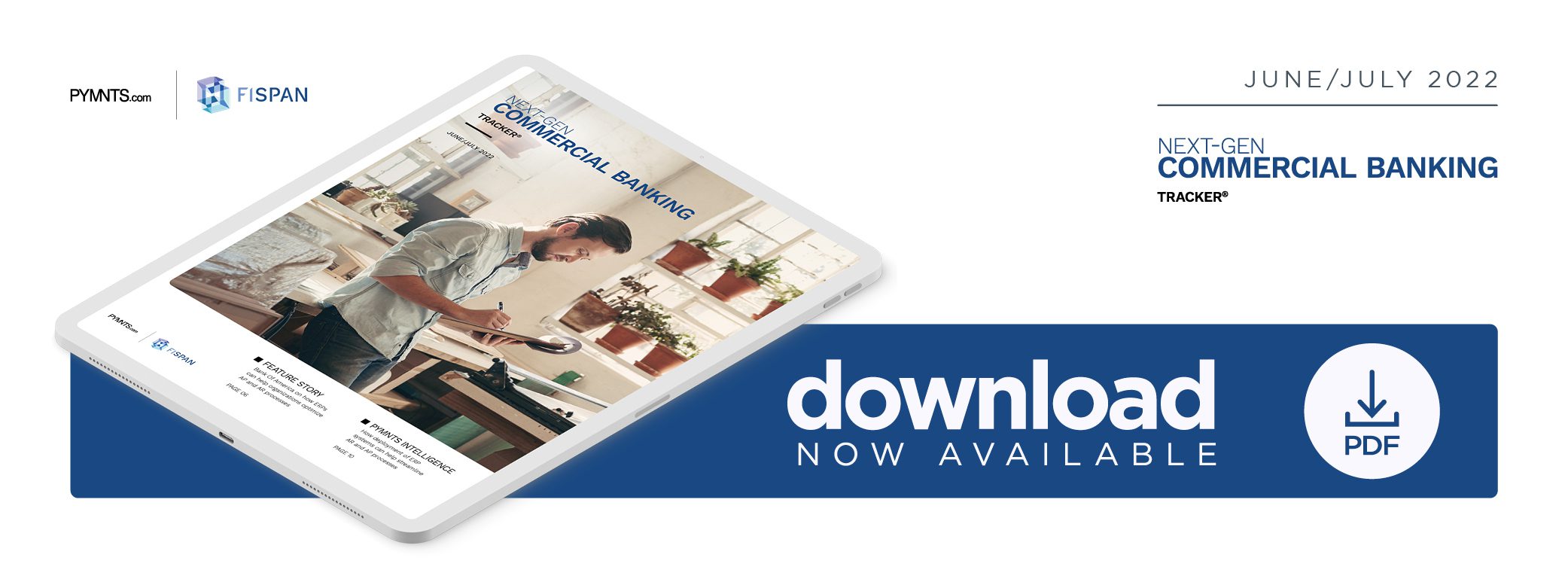Bank of America on How ERPs Can Help Organizations Optimize AR and AP Processes

Integrating AP and AR into corporate ERPs saves them time, money and manual effort, but Bank of America’s Michael Bosacco says banks lag in providing that critical digital connection.
The connections between financial institutions (FIs) and their corporate customers may be less physical these days, but businesses are increasingly looking for banks that are committed to serving in partnership with them. Commercial clients want solutions that ensure their financial transactions’ speed and safety and can improve their organizations’ operational efficiency, cash flow and reconciliation.
Enterprise resource planning (ERP) systems have been a game-changer for some firms by reducing the need for manual accounts receivable (AR) and accounts payable (AP) tasks, but banking is still a critical missing piece from many of these systems. Banking integrations with ERPs have been slower to take off, leaving many businesses today using ERPs to produce invoices while accessing bank portals separately to fulfill and reconcile payments. Friction caused by this disconnect is something corporate leaders are looking to do away with as they reassess their digital transformations.
“It has been a very common thread over the past 18 months [for] clients [to reimagine] how they’re leveraging technology they already have,” Michael Bosacco, global head of advisory for Bank of America, told PYMNTS in a recent interview. “On the other side of that, operational inefficiencies were exposed because they don’t have the technology to support something like the event of a pandemic.”
At many firms, he said, senior executives’ conversations revolve around ensuring the integrity of their operations along with the strength of their balance sheets. A bank’s ability to connect with client ERPs is paramount as companies look for banking partners that can help them gain greater workflow transparency and traceability.
The Challenges of ERP Adoption
The benefits of ERPs are rarely debated, but connecting ERPs and financial services is not as easy as pressing a button. One of the major barriers to adoption is risk, Bosacco said. Digital banking still carries inherent risks, and both firms and FIs avoid putting all their trust into one solution when it comes to their financial health.
“Clients want to ensure that their transaction services are always on, [that] they do not fail and that they are constantly monitored, so if there is a change in direction as it relates to a flow or there is a gap in processing, clients are informed right away,” he explained.
In addition, instead of investing large amounts of money in infrastructure, many banks are looking to collaborate with FinTechs that provide platforms that can easily connect with client ERP systems. Bosacco said he has seen many mutually beneficial partnerships in the last year between FinTechs and banks.
Another challenge is the number of ERP systems on the market and the importance of ensuring that the bank’s system “speaks the same language” as the client’s. With so many different machines that need to communicate in different languages and currencies, maintaining connections with ERPs can be complicated.
“The challenge that banks have is that they can’t be all things to all clients, so they have to ensure that they’re reaching the masses by developing products that are general enough to cater to the majority of their clientele,” Bosacco said.
The Future of ERPs and Banking
With the continued advancement of application programming interfaces (APIs), open banking and cloud technology, Bosacco said he foresees a future in which clients feel more secure about granting third parties access to more information. That will permit ERPs to enhance the interoperability of transactions and improve remittance details and back-end operations so that firms will see the benefits of connecting their systems with banks.
“I suspect that as more of these systems move to the cloud and [with] the advancement of distributed ledger blockchain, somebody’s payment, which is someone else’s known receipt, will be completely connected in the transaction,” he said.
APIs, for example, can help payments and reconciliation processes by requesting more data from client computers, thus cutting down on missing remittance information and avoiding the need for phone calls or emails to follow up on receipts.
“With everything going into the cloud, it creates more of an open environment,” Bosacco said. “With that, organizations are going to be able to make better, faster and more informed decisions.”
There will always be firms that desire face-to-face interactions with their bankers, but the digital revolution in business is compelling companies to recognize the benefits of banking integration with ERPs. As swift, secure and transparent digital banking becomes increasingly essential to companies’ bottom lines, it will be incumbent on banks to connect and partner with their corporate clients on every level.
